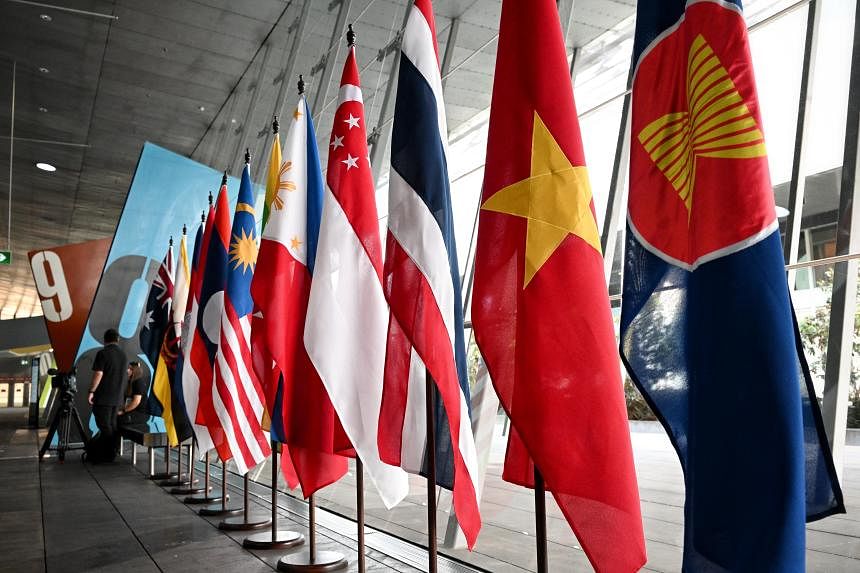MELBOURNE - South-east Asian leaders gather for talks in Australia on March 4, with clean energy cooperation and Beijing’s aggressive stance in the South China Sea tipped to dominate discussions.
Climate change looms large on the agenda as leaders from the 10-nation Asean jet into Melbourne for a “special summit” with their Australian counterparts.
South-east Asia’s hunger for energy is largely fed by fossil fuels, while Australia remains one of the world’s biggest exporters of gas and polluting thermal coal.
Both are increasingly eager to pivot towards renewable energy, making the most of natural blessings, such as bulging deposits of critical minerals.
“Asean countries need more energy if they are going to continue developing their economies,” said Dr Rahman Yaacob, a regional analyst with Australia’s Lowy Institute.
“Australia could be a source of that energy.”
Indonesia and the Philippines are two of the world’s largest producers of nickel, a key ingredient in the production of batteries for electric cars.
Another key battery metal, lithium, is found in vast quantities scattered throughout Australia.
Jakarta and Canberra have already started exploring how they could mesh these advantages to boost electric vehicle manufacturing.
For years, Australia has been trying to advance another ambitious proposal – exporting solar power to Singapore via a massive undersea cable.
Although that project has recently hit significant financial snags, Dr Yaacob said it remained of interest to Asean members.
“One of the areas they may look at is Australia exporting clean energy,” he said. “There have been conversations about this with Singapore in the past.”
Territorial disputes
Maritime security – and China’s increasingly assertive behaviour in the South China Sea – is set to figure as one of the summit’s other major focal points.
Territorial disputes in the vital trade corridor have escalated in recent months, with Beijing baring its teeth in areas also claimed by Asean members such as the Philippines and Vietnam.
Close United States ally Australia is, meanwhile, eager to blunt China’s rising influence in the wider Asia-Pacific region.
“The summit may look to express concerns about the stability and security of the maritime domain,” said Dr Yaacob.
“If all 10 members are willing to issue a statement jointly, it shows they are concerned about the situation.”
Asean has long been criticised as a toothless talk fest, with divided members reluctant to throw their combined heft behind sensitive security matters.
Political upheaval
The forum has in recent times ramped up engagement with middle powers such as Australia and Japan, steadfast US allies with a more confrontational stance on China.
The Melbourne summit marks 50 years since Australia became Asean’s first dialogue partner.
It comes at a time of significant political change within the bloc.
Indonesian President Joko Widodo will leave office by October after 10 years in power, while long-serving Singapore Prime Minister Lee Hsien Loong is slated to stand down soon after.
Myanmar sent a senior diplomat to an Asean summit earlier in 2024 – the first time it was represented in more than two years.
Asean’s 10 member states are Brunei, Cambodia, Indonesia, Laos, Malaysia, the Philippines, Singapore, Thailand, Vietnam and Myanmar.
Although Myanmar remains a member, political representatives and military leaders from its ruling junta have been banned from high-level meetings. AFP

